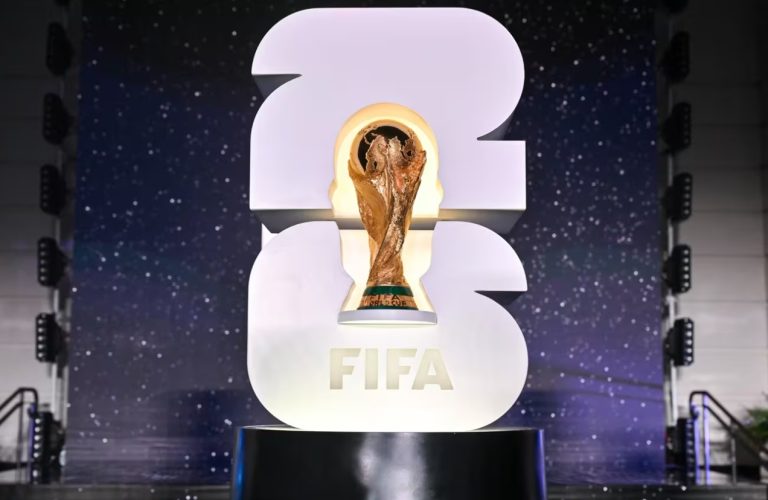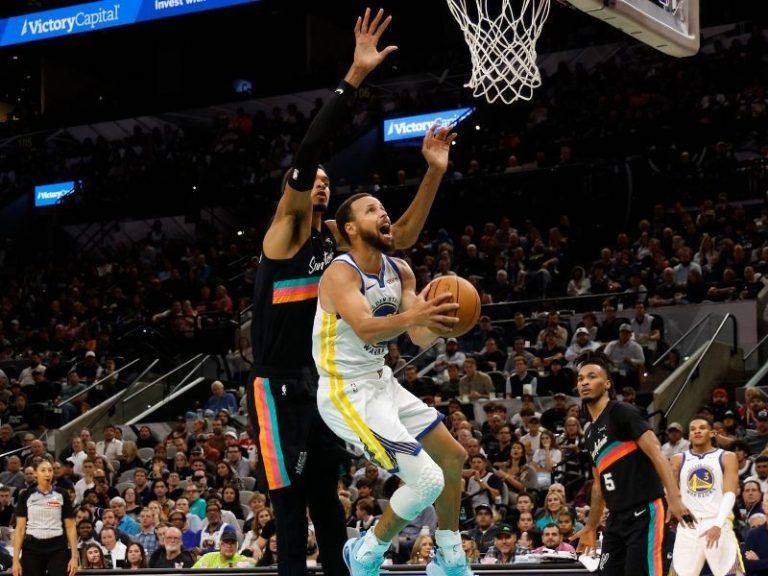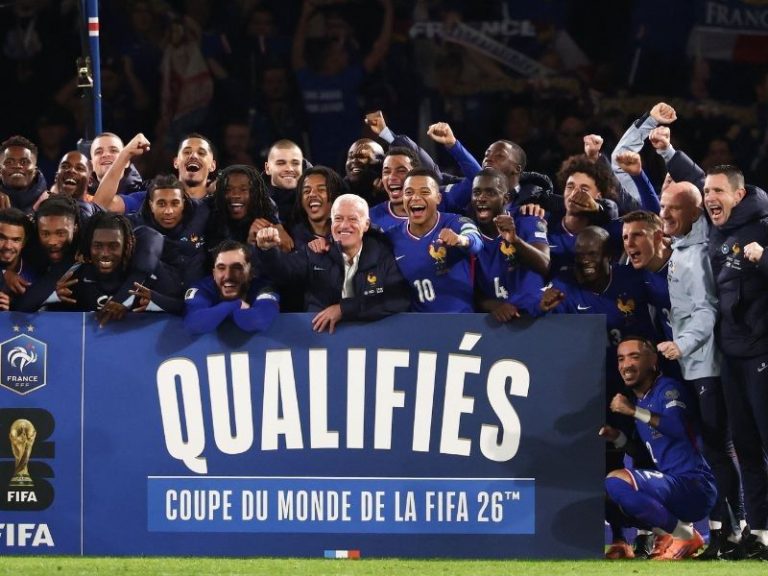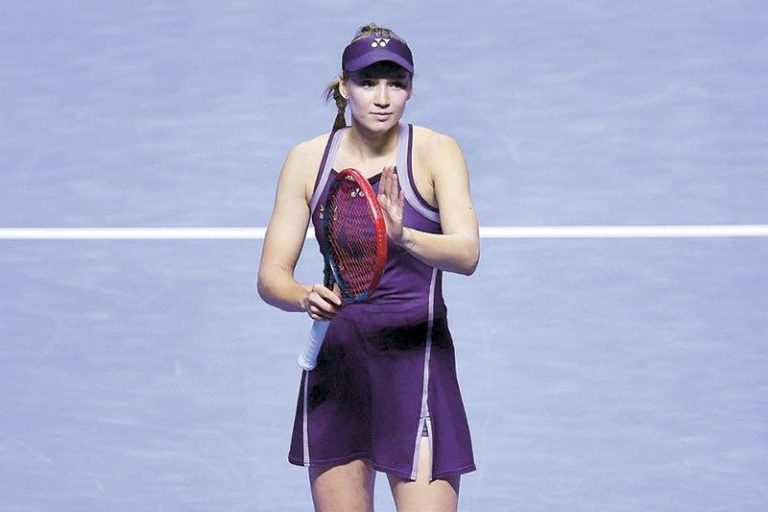
1. Introduction
Historical comparison in sports is the analytical process of evaluating performance, achievement, and evolution across different time periods. It allows us to measure how athletes, teams, and strategies have progressed over the decades, revealing not just who was “better,” but how the entire landscape of competition has changed.
Through historical comparison, we gain insight into the transformation of athletic performance, the influence of technology, and the shifting standards of excellence. What was once extraordinary in one era may be average in another — not because athletes have declined, but because the environment around them has evolved.
2. Purpose and Relevance
The goal of historical comparison is not merely to celebrate records but to understand context.
It answers critical questions such as:
- How do modern athletes differ in training, nutrition, and tactics compared to their predecessors?
- Has technological advancement inflated performance statistics?
- Are past champions still relevant benchmarks for greatness today?
By examining these factors, analysts and historians can identify patterns of progress, continuity, and revolution — highlighting the intersection between human ability and societal development.
3. Evolution of Competition Standards
Across decades, the conditions of sport have changed dramatically. Training methodologies have become more scientific, recovery techniques more efficient, and tactical understanding more sophisticated.
In early eras, athletes trained with limited access to sports science, often relying on instinct and natural talent. Modern competitors, by contrast, benefit from biomechanical analysis, nutrition planning, and psychological conditioning.
This evolution means that performance gaps between generations must be viewed through an adjusted lens. A fair comparison accounts for the differences in technology, equipment, and preparation — factors that often shape results more than raw skill alone.
4. The Role of Technology
One of the greatest variables in historical comparison is technological advancement.
Equipment, surfaces, and analytics tools have fundamentally redefined performance possibilities:
- Lighter footwear and advanced materials have enhanced speed and agility.
- Improved playing surfaces and facilities have reduced fatigue and injury risk.
- Digital tracking and data visualization have refined tactics and player management.
For example, a runner’s time from the 1960s and a runner’s time today may differ due not only to athleticism but also to better track design, nutrition, and training aids. Therefore, technology acts as both a catalyst for improvement and a barrier to pure temporal comparison.
5. Physical and Psychological Conditioning
Another key aspect of comparison lies in the conditioning of athletes. Modern players are faster, stronger, and more resilient thanks to advancements in sports medicine and periodized training programs.
However, earlier generations often demonstrated higher levels of endurance, mental toughness, and improvisational skill — attributes developed through necessity rather than design.
Historical comparison reveals this trade-off: while today’s athletes are technically refined and physically optimized, those of the past thrived in unpredictable conditions, adapting intuitively to challenges without technological support.
6. Tactical and Strategic Progression
Tactical evolution has reshaped the way sports are played. In football, for instance, the transition from rigid formations to fluid positional play demonstrates how collective intelligence has advanced.
In basketball, spacing, pace, and shot selection have been reimagined through analytics, making today’s strategies unrecognizable compared to those of the 1970s.
Every sport shows a similar trend — tactical systems have become data-informed and scenario-specific.
Historical comparison highlights how strategy evolves alongside culture and technology, proving that success is not static but adaptive.
7. Statistical Interpretation and Context
Pure statistics often fail to capture the complete story.
When comparing historical data, analysts must normalize for variables such as season length, scoring environment, and rule changes.
For example:
- Longer schedules inflate total points or goals.
- Rule adjustments may favor offensive or defensive play.
- Equipment innovations may alter performance expectations.
Therefore, meaningful historical comparison requires contextual scaling — evaluating dominance relative to the era’s average performance rather than relying on raw numbers alone. True greatness transcends statistics; it reflects impact, influence, and sustained excellence within one’s time.
8. Cultural and Social Influences
Historical performance cannot be separated from the social and cultural environment of each era.
Earlier athletes often competed amid limited access to global exposure, sponsorship, or resources, while today’s players operate within a commercialized, media-driven ecosystem.
Societal pressures have shifted as well — from representing local pride to embodying international brands.
Understanding these cultural dynamics allows comparisons to go beyond sport itself, illustrating how social context shapes motivation, opportunity, and legacy.
9. Comparative Metrics and Modern Analysis
Analysts now use adjusted performance metrics to compare athletes across generations more accurately.
Examples include:
- Era-adjusted averages — calculating performance relative to peers of the same time.
- Standard deviation metrics — identifying how much better or worse a player was than the league norm.
- Longevity indices — evaluating consistency across different competitive environments.
These advanced approaches create a fairer scale for comparison, balancing the influence of context with measurable achievement. They turn historical comparison into both an art and a science.
10. Psychological Legacy and Intangibles
Some elements of greatness cannot be quantified. Leadership, resilience, and influence often define historical significance as much as numerical success.
Many past athletes became symbols of cultural pride, overcoming adversity and inspiring future generations.
Modern athletes, meanwhile, navigate a different kind of pressure — global media scrutiny, social responsibility, and constant statistical comparison.
Historical comparison reveals that the definition of heroism evolves with time, yet the essence of competitive spirit remains timeless.
11. The Challenge of Cross-Era Judgment
Directly comparing athletes from different generations will always involve subjective judgment.
The further apart two eras are, the harder it becomes to separate performance from context.
Even so, this challenge enriches the debate — because the purpose of comparison is not to declare a single “best,” but to appreciate how excellence manifests under changing conditions.
Every era produces its own form of greatness, molded by its tools, culture, and values. Recognizing these distinctions ensures that comparisons remain respectful, balanced, and insightful.
12. The Continuum of Progress
When viewed across a long timeline, sports history reveals a continuous upward trajectory in performance, professionalism, and precision.
Each generation builds on the knowledge of the previous one, pushing human capability to new frontiers.
Training methods, scientific research, and global competition have collectively elevated the baseline standard.
Historical comparison reminds us that progress in sport is cumulative — a collective legacy of innovation, determination, and the relentless pursuit of excellence.
13. Conclusion
Historical comparison is more than an exercise in nostalgia; it is a reflection of how human potential evolves. It connects the past to the present, showing that while tools and tactics change, the essence of sport — courage, discipline, and competition — endures.
By examining different eras side by side, we gain perspective on how far we have come and how much further we can go.
Ultimately, the story of sport is not a contest between generations but a shared journey across time — a living dialogue between history, progress, and the enduring spirit of performance.





